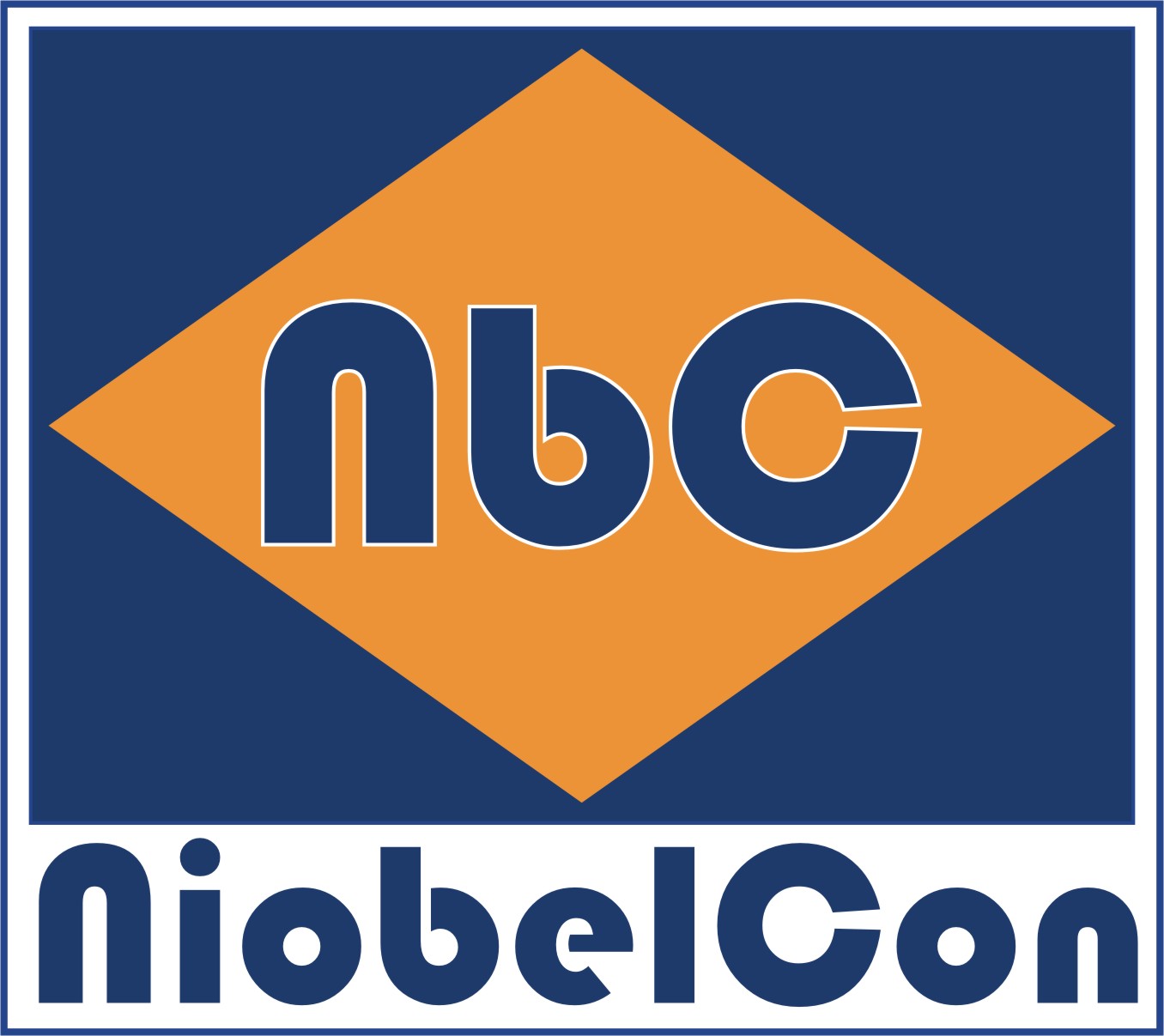Niobium in high strength low alloy (HSLA) steel
- HSLA steel has a ferritic-pearlitic microstructure providing medium-high strength and offering moderate press formability. It has good fatigue resistance and excellent weldability.
- Strength is generated by grain refinement for the lower grades and a combination of grain refinement and precipitation hardening for the higher grades.
- Niobium provides both strengthening mechanisms to the highest extent amongst all microalloying elements.
- In hot-rolled HSLA steel both, grain refinement and precipitation hardening, can enable around 200 MPa yield strength increase each. Thus, the sole addition of 0.05-0.06% Nb to low-carbon manganese steel basically allows producing hot strip with 600 MPa yield strength.
- Cold-rolled HSLA steel practically applies the same alloy concepts as hot-rolled grades.
- However, due to annealing after cold rolling the grain size increases somewhat and over-ageing of particles reduces precipitation hardening. Thus, cold-rolled HSLA steel is always softer than the hot-rolled sibling.
- Steelmakers often apply a Nb-only microalloying alloy strategy for producing these steels.
- Cold-rolled HSLA steel is recently being supplied with up to 500 MPa yield strength.
